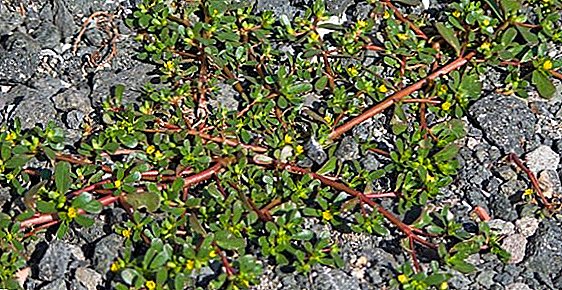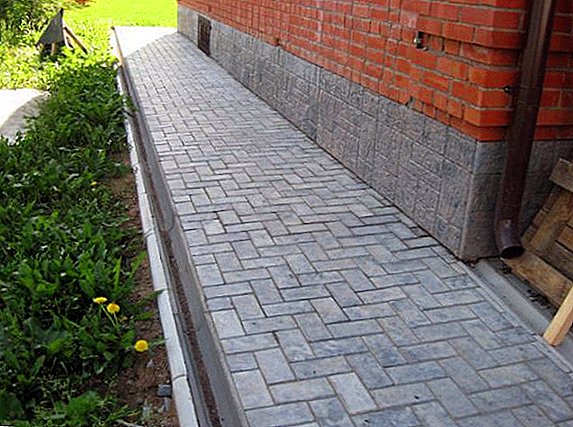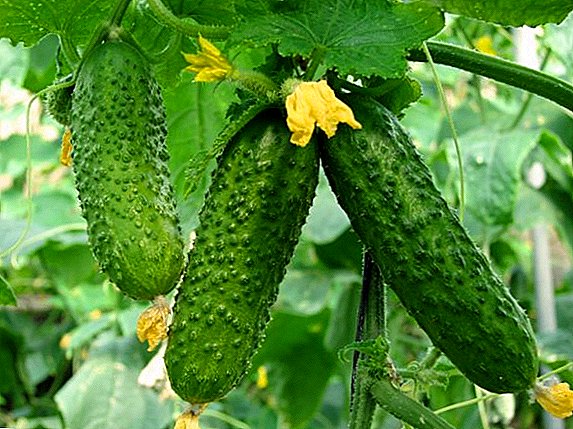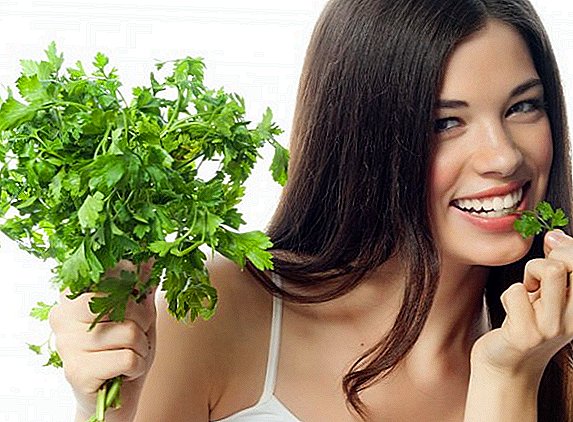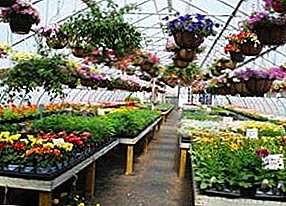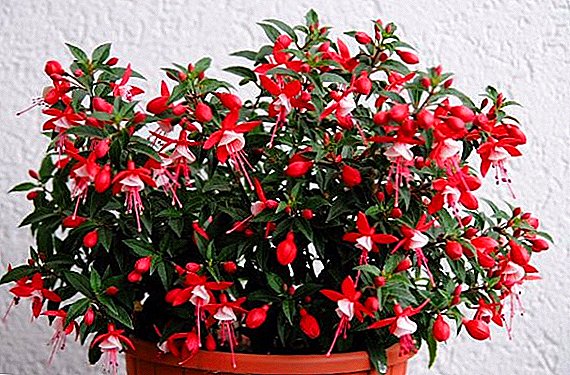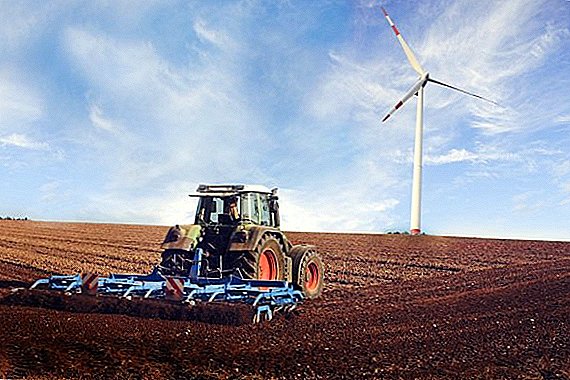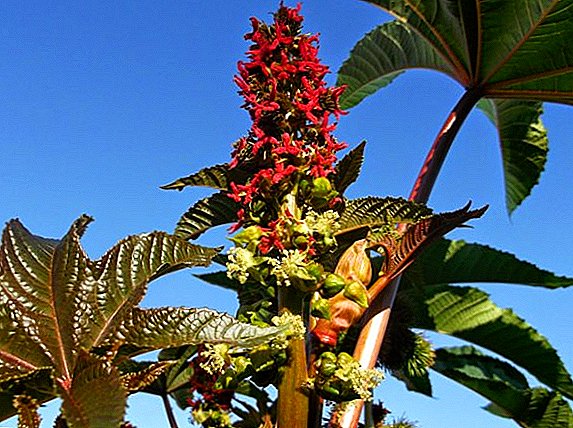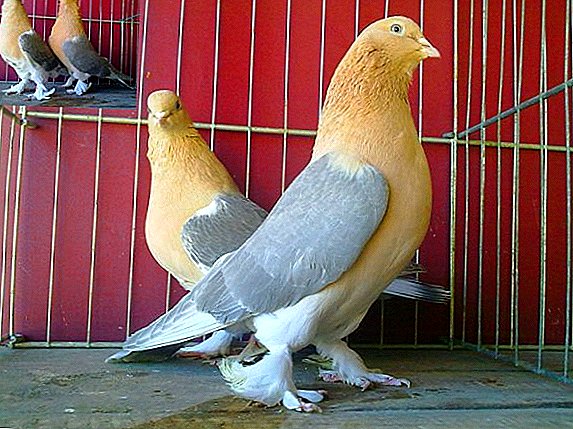 Pigeons are one of the favorite breeds of domesticated birds. For centuries, people were engaged in their breeding. Particularly popular were birds with unique flight characteristics, like the pigeons of takla in Turkey. These birds make incredible flapping wings, creating a distinctive sound when flying, thanks to which they were attributed to the battle breeds.
Pigeons are one of the favorite breeds of domesticated birds. For centuries, people were engaged in their breeding. Particularly popular were birds with unique flight characteristics, like the pigeons of takla in Turkey. These birds make incredible flapping wings, creating a distinctive sound when flying, thanks to which they were attributed to the battle breeds.
History reference
The literal translation from Turkish of the word "Takla" sounds like "somersault." This breed of pigeons became popular due to the flight style and behavior of the bird in the sky: it creates the feeling that the pigeon does not fly, but performs a kind of dance or acrobatic staging with somersaults. So, the pigeon gains height, as if it enters the pole, freezes, makes a roll and rises again.
Explore the most popular species and breeds of pigeons, and in particular with peacock pigeons and Uzbek fighting pigeons.Central Asia is considered the birthplace of these extraordinary birds. Turkish nomads who roamed the territories of modern Kazakhstan, the western regions of China and the territory of Siberia were engaged in their breeding. In the X century, they settled on the lands of the Mediterranean, where birds were bred to quench the whims of the Sultan, who loved to watch the flight.

Conquering the territory of the Middle East, the nomadic Turks did not abandon the work of breeding pigeons, and as a result the following fighting breeds appeared:
- Armenian;
- Iranian;
- Iraqi;
- Syrian
Did you know? £ 41,000 paid for a bird named Peter Paul in 1986, it was the most expensive pigeon in the world.
External data and features
There is no single standard for external data takla. They are divided into several classes:
- baleen;
- nosochubnye;
- chubaty;
- bicuspid

Turkish pigeons are not distinguished by a massive body structure, they are rather neat and slender, with fluffy plumage on their paws. Some individuals have a white head and tail, others have a forelock, and others have an eyebrow. Presently among birds the gray and motley colors prevail, but milk-white ones are in demand.
The difficulty of breeding at home
Only experienced breeders can breed tacla. This representative feathery choosy, demanding and whimsical. The main difficulty in breeding takla are daily, persistent and professional training, without them the pigeon will not become "takla."
Experienced poultry farmers should learn how to properly breed pigeons.
How much is
The cost of a pigeon is influenced by several factors:
- age;
- color;
- trickiness.

Important! Birds are not born with acrobatic skills - they acquire them in the process of learning.
The color of the plumage can affect the flight characteristics of the bird. Pigeons with a motley color do not possess those rare flight abilities that their brothers have a uniform color, and therefore the demand for them is much lower. Pigeons with a milky-white plumage are considered the elite feathered, but they are rare and their price is quite high.
The price for one pigeon takla can vary from $ 100 to $ 500.
Requirements for the room
Birds can be kept both in pigeon-houses (preferably) and in cages or aviaries, as long as the conditions of detention are met. 
Dovecot sizes
The construction is based on the fact that one bird requires a minimum area of 50 square meters. cm, and the height of the building should be at least 1.5 m. When erecting dovecot, special attention should be paid to the safety of the houses. The structure should be protected from the appearance of various rodents, cats and dogs in it.
Certain conditions are necessary for breeding and growing pigeons. Read more tips and tricks for building a dovecote.
Heat and ventilation
The temperature in winter in the bird house should be within 5-7 ° C, in the summer - not higher than 20 ° C. The birds do not like heat, do not need additional heating of the dwelling, but proper thermal insulation of the structure does not hurt.
The room must be ventilated. The easiest way is an additional mesh door, which is opened in the heat. It is advisable to make at the floor level a couple of small barred windows for fresh air intake. Installation of the hood on the ceiling will also be appropriate, thanks to which unpleasant odors and moisture will be removed from the pigeon house. Dovecote should also be light. 
Nests and nests
Birds perch should be smooth in texture and well fixed.
Important! A perch that is badly or improperly fixed causes a spinal deformity in Tacla, with the result that the bird loses its flying qualities.
The perches of the perch should correspond to the size of the fingers, that is, the width of the perch should be equal to half the distance of the spreading paw of the bird - only so can the ptah fully capture and be able to hold itself on this pole. On average, this figure is 2.5-3.5 cm.
The steam box for tacla should fit 80 * 50 * 40, with time it can be made breeding. To do this, it is enough to place two sockets with a diameter of 25 cm and a depth of 8 cm. 
Feeding trough, drinking bowl, kupalka
The main task of the feeder (in addition to, naturally, feeding the pigeons) is to protect the feed from pollution, and its value directly depends on the number of birds. The standard feeder has a lid and vertical bars around the perimeter.
It is known that the battle pigeons got their name for the loud sound battle with their wings, which they emit in flight.
There are many types of drinkers, but the best is considered pneumatic. They are comfortable and the water does not clog, as it is separated by a lid, and the drinking bowl itself is arranged so that the pets do not bathe. As well as the feeder, the drinking bowl needs periodic disinfection.
Kupalka - an indispensable device for maintaining the health of birds, bathing helps to fight the heat and eases the condition of birds during molting, maintains the appearance and helps to fight insects. The size of the cup depends on the number of birds, its edges are bent, the height of the structure is usually 10 cm. 
Bedding and hygiene of the aviary
General cleaning for pigeons should be done at least once a month (if there are sick pets, then once a week). Before disinfection, perches and walls are cleaned with scrapers, then they are washed away with soap and water and disinfection is carried out. A soldering lamp is well suited for these purposes, because fire can destroy harmful microorganisms and parasites even in hard-to-reach places. From solutions using bleach (3-4%), formalin (1%), caustic soda (1-2%).
The depth of the litter should be at least 5 cm. The material for bedding is straw, peat, needles, hay, oak bark or thin branches. Sometimes the floor is just sprinkled with sand, but it needs frequent replacement. Vegetable litter should be changed in parts, as far as pollution: dirty clean, clean added. 
Lettok
Additional construction for tacla, it is constructed in the form of a rectangular frame, padded with a grid. The branch is tightly fastened to the aviary by one side, and the second is connected to the window of departure of birds. This design has a parquet protruding beyond the frame. It is on him that the pigeons returning home, and it is from him that they start during training.
Did you know? In one day, the pigeon is able to fly 900 km, and the maximum speed that it can reach is 70 km per hour.
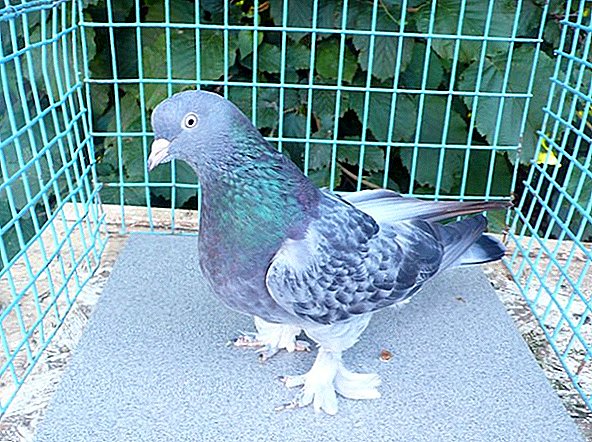
Feed and water
An important condition for good nutrition is balance. The lack of any elements can lead to disturbances in the body's work - in birds, avitaminosis, hypovitaminosis can develop, and metabolism can deteriorate. In order to prevent the occurrence of these conditions, it is necessary to pay attention to what feed the pigeon, because each product is important in its own way:
- Vitamin supplements are replaced by finely chopped cabbage, spinach, nettle and dandelion greens;
- dry cereal mixtures are considered a valuable source of minerals;
- millet. Buy bright varieties, because they contain more vitamins;
- corn - as a main course for large representatives of birds;
- ground barley;
- oats, peeled from the husk;
- wheat;
- rice cereal;
- sunflower seeds should be present in the daily diet, one part of the total diet (10%);
- small pebbles, gravel and river sand should stand in separate feeders. They help grind food in the stomachs of birds;
- Water should always be fresh, at room temperature, free from harmful impurities. When using tap water, defend it for at least 10 hours;
- flaxseed successfully treats cough in birds, but do not overdo it, as in large quantities it can cause diarrhea;
- Small amounts of cannabis seeds are useful for birds during mating.

It is also important to pay attention to the beak of your birds, because it depends on what kind of food they can eat without any problems, and with what difficulties may arise. So, individuals with a long beak (more than 25 mm) experience inconvenience when eating small fodder, and for short-billed birds (up to 15 mm), it is first necessary to split up large fodder such as corn.
It will be helpful to read all about feeding domestic pigeons.
They feed the animals twice a day, after each meal the feeders are removed to prevent the birds from eating their food.
Neighborhood with other pigeons
Takla pigeons cannot be kept in poultry houses with pigeons of other breeds, moreover, to maintain the purity of the breed, they cannot be placed in poultry houses even with representatives of the same breed, with birds that have other distinctive generic characteristics. 
For example, foredeck pigeons will have to be kept separate from the nasolub in another poultry house, and even training should be done separately to prevent the birds from accidentally crossing.
Training
In order to enjoy the beautiful battle of pigeons, they need to constantly train. Although the exceptional style of flight is laid at the genus tacla at the genetic level, but if you do not train the birds, do not improve their skills, it may deteriorate.
Important! The most valuable are those birds that fly in the first half hour in a circle and “play” with their wings every two minutes.

When teaching birds, the following rules should be followed:
- timeliness. Bird education begins with a 40-day age. If you start training earlier - the bird can “clog up” and refuse training;
- refusal to train, "clogging" is often a genetic problem, therefore such pigeons are subject to rejection;
- The optimal number for the rut is 15 ptah.
Find out the life expectancy of pigeons in the wild and at home, what you can get from pigeons and where you can see pigeons chicks.

Advantages and disadvantages
The advantages of these birds include the following qualities:
- they are well oriented on the terrain, able to quickly find their way home;
- unpretentious in the content, can get along for a long time with a meager diet;
- hardy, can soar in the sky up to 10 hours a day.
- soreness of birds;
- without proper training the fighting bird turns into an ordinary pigeon.
Video: Turkish Takla Pigeons
Netizens about pigeons takla




